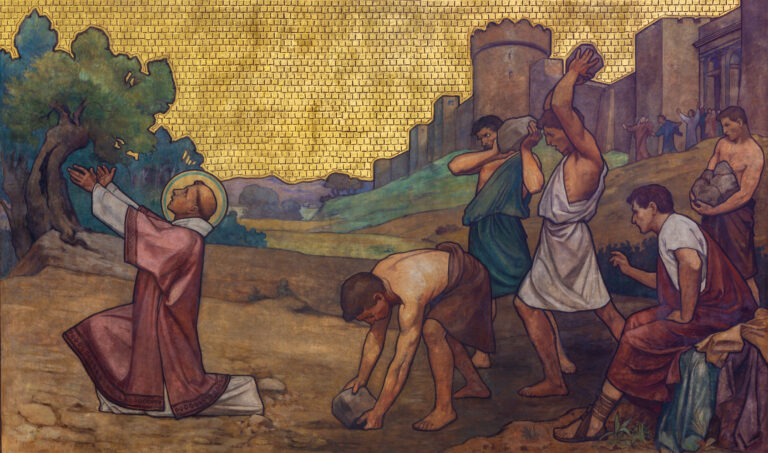Have you ever pondered the thought, “If Jesus started a discipleship plan, what would it look like?” Now, if you have been in ministry long enough, I am sure that at some point the question of how to do discipleship has arisen. Whether from local members, board members, or even new believers, the question of how to do discipleship and which discipleship path has likely come across our minds at some point.
But in this, is our first reflex to ask what the most influential, fast-growing churches are doing lately—or is to go back and ask what Jesus did? Was there a discernible discipleship path that Jesus used which should get our best focus?
When our first choice is to try to find the latest resource to reproduce whatever is happening in influential churches, the program might start off optimistic. But if you are like many church leaders, you start a program with 100 only to see 5 people make it to the end. Or, you spend hours over Sunday morning messages hoping to spark the local congregation to be inspired—only to suspect you might have just fed into the same consumer mentality characteristic of Western churches.
There is no lack of great material to equip someone on a path of discipleship, much of it helpful. Yet, much of the time, the material looks great until people’s interest tapers off and we’re onto our next shiny discipleship tool to attract them to.
“Much of the time, the material looks great until people’s interest tapers off and we’re onto our next shiny discipleship tool to attract them to.”
Maybe we should reverse engineer the way we think about discipleship. Often, we start with the masses and hope that they will move into smaller, deeper environments of change. From this, we offer classes and courses that will be appealing for them to take those steps. Yet, this approach often disappoints in leading to transformational discipleship.
It’s true that Jesus on some occasions preached to the masses. But if we are looking at Jesus’ discipleship plan, it truly started with a few. And He invested in those few for months and even years.
Although the Gospel of John offers rich theological reflection about Jesus, it also gives us plenty of practical direction when it comes to Jesus’ discipleship path.
The first chapter of John’s Gospel is long and loaded. In the book’s prologue, we are wowed by the theology and introduced to God’s grand redemptive plan found in Jesus. Jesus is baptized in chapter 1, and then chapter 2 sees more dramatic action, as Jesus turns water into wine and forcefully overturns the Jewish temple. As such, we can easily skim through the simple narratives of Jesus calling his first handful of disciples. Nestled in these call narratives is a core, essential ingredient to Jesus’ discipleship path—an ingredient so often neglected in our rush to implement the latest discipleship tool. It’s called relationship.
“Nestled in these call narratives is a core, essential ingredient to Jesus’ discipleship path.”
For Jesus, discipleship’s key ingredient is relationship. Yes, you can compare it to the Greek philosophers’ style of mentorship, but Jesus one-ups this model. After John the Baptist endorses the Messiahship of Jesus in John 1:36, we are introduced to Andrew, the brother of Simon (aka Peter). Andrew seeks to find out where the Rabbi is staying.
It’s here that we might skim over one of the most powerful discipleship statements ever made. Jesus answered Andrew, “Come and you will see” (John 1:39, NIV). Jesus’ call to discipleship is not to come and hear; it’s not even come and learn. It is to come and see. Jesus is not just inviting Andrew on an academic journey; he is inviting Andrew into an experience. True discipleship is experiential. It’s lived out. It’s able to be observed in close relationship, not just read about.
As an experience, it is also meant to be shared. Andrew quickly goes to grab his brother Simon. From this, Simon (Peter) comes into the journey of discipleship Jesus is about to take them on (see 1: 42). The very next day, Jesus finds Philip (1:43). Think about the intentionality of the fact that Jesus “found Philip.” We often want make disciples, but rarely do we go out looking for them. It seems in Jesus’ relational model it is as much about Him finding them as it is about them finding Him. For Jesus, he seeks, too. And He also empowers His disciples to share and invite others into the experience.
“As an experience, it is also meant to be shared.”
The sharing of discipleship continues from Philip when he goes and finds Nathanael. Nathanael’s first response to this invitation is cynical: “Can anything good come from Nazareth?” (1:48)? Jesus didn’t always surround Himself with fans. But He did surround Himself with those who were relationally and spiritually hungry.
So, what is the discipleship path of Jesus? It’s nothing less than relationship. Yes, there’s more to it—but not less. Whatever you do in terms of your church’s discipleship path, get to know people. Get to know them. Know the few and invite them to learn to follow Jesus together with you; that way you can build deep, long-lasting relationships with them, and through them, more and more will be reached and transformed.











